The Science of Implantation: Beyond Fertilization

Many people focus on egg retrieval and fertilization as the key milestones in IVF, but one of the most critical—and often misunderstood—steps is implantation. At Reproductive America (Reproductiva), we know that successful implantation is where science, timing, and biology must align perfectly. Let’s take a closer look at what happens after...
What Happens After the Embryo Is Created? Many people focus on egg retrieval and fertilization as the key milestones in IVF, but one of the most critical—and often misunderstood—steps is implantation. At Reproductive America (Reproductiva), we know that successful implantation is where science, timing, and biology must align perfectly. Let’s take a closer look at what happens after fertilization and how implantation truly determines the outcome of your IVF cycle.
What Is Implantation?
Implantation is the process by which a fertilized embryo embeds itself into the lining of the uterus, where it will grow into a pregnancy. It typically occurs 6–10 days after ovulation or egg retrieval. In IVF, this happens after an embryo transfer—whether fresh or frozen.
Successful implantation depends on two main factors:
- Embryo quality
- Uterine receptivity (the endometrium's readiness)
What Makes a Uterus “Receptive”?
During a natural or medicated cycle, the uterus goes through specific hormonal changes that prepare the endometrial lining for implantation. This is known as the “implantation window”, typically lasting 24–48 hours.
At RCA, we monitor:
- Endometrial thickness (optimal is 7–12mm)
- Blood flow to the uterus
- Progesterone and estrogen levels
- Endometrial pattern and timing
If the lining isn't optimal, we may adjust medications, delay transfer, or recommend additional diagnostics like the ERA test (Endometrial Receptivity Analysis).
How We Support Implantation Success at RCA
✦ Advanced Embryo Culture
Our IVF lab uses time-lapse incubators and PGT-A testing to select chromosomally normal embryos with the highest chance of implantation.
✦ Personalized Embryo Transfer Timing
We tailor your transfer date based on your unique response to medications and hormonal monitoring—not a one-size-fits-all calendar.
✦ Implantation Support Protocols
We may recommend low-dose aspirin, progesterone support, immune modulators, or lifestyle adjustments to support uterine receptivity.
✦ Frozen vs. Fresh Embryo Transfer
In some cases, freezing embryos and transferring later (FET) may yield better implantation rates by allowing the uterus to return to a more natural state.
What If Implantation Fails?
If an embryo fails to implant, it doesn't necessarily mean it was “bad.” Repeated implantation failure (RIF) may warrant additional testing, including:
- Hysteroscopy or saline ultrasound
- Immune or clotting panels
- Uterine receptivity testing (ERA)
- PGT testing of future embryos
Implantation: The Invisible Frontier of IVF
At RCA, we understand how emotionally charged the "two-week wait" can be. That’s why our team remains closely involved after transfer—monitoring hormone levels, offering emotional support, and adjusting protocols if needed.
Your implantation success is not left to chance—it’s backed by science, personalized strategy, and our unwavering commitment to your family-building goals.
What Is Implantation?
Implantation is the process by which a fertilized embryo embeds itself into the lining of the uterus, where it will grow into a pregnancy. It typically occurs 6–10 days after ovulation or egg retrieval. In IVF, this happens after an embryo transfer—whether fresh or frozen.
Successful implantation depends on two main factors:
- Embryo quality
- Uterine receptivity (the endometrium's readiness)
What Makes a Uterus “Receptive”?
During a natural or medicated cycle, the uterus goes through specific hormonal changes that prepare the endometrial lining for implantation. This is known as the “implantation window”, typically lasting 24–48 hours.
At RCA, we monitor:
- Endometrial thickness (optimal is 7–12mm)
- Blood flow to the uterus
- Progesterone and estrogen levels
- Endometrial pattern and timing
If the lining isn't optimal, we may adjust medications, delay transfer, or recommend additional diagnostics like the ERA test (Endometrial Receptivity Analysis).
How We Support Implantation Success at RCA
✦ Advanced Embryo Culture
Our IVF lab uses time-lapse incubators and PGT-A testing to select chromosomally normal embryos with the highest chance of implantation.
✦ Personalized Embryo Transfer Timing
We tailor your transfer date based on your unique response to medications and hormonal monitoring—not a one-size-fits-all calendar.
✦ Implantation Support Protocols
We may recommend low-dose aspirin, progesterone support, immune modulators, or lifestyle adjustments to support uterine receptivity.
✦ Frozen vs. Fresh Embryo Transfer
In some cases, freezing embryos and transferring later (FET) may yield better implantation rates by allowing the uterus to return to a more natural state.
What If Implantation Fails?
If an embryo fails to implant, it doesn't necessarily mean it was “bad.” Repeated implantation failure (RIF) may warrant additional testing, including:
- Hysteroscopy or saline ultrasound
- Immune or clotting panels
- Uterine receptivity testing (ERA)
- PGT testing of future embryos
Implantation: The Invisible Frontier of IVF
At RCA, we understand how emotionally charged the "two-week wait" can be. That’s why our team remains closely involved after transfer—monitoring hormone levels, offering emotional support, and adjusting protocols if needed.
Your implantation success is not left to chance—it’s backed by science, personalized strategy, and our unwavering commitment to your family-building goals.









